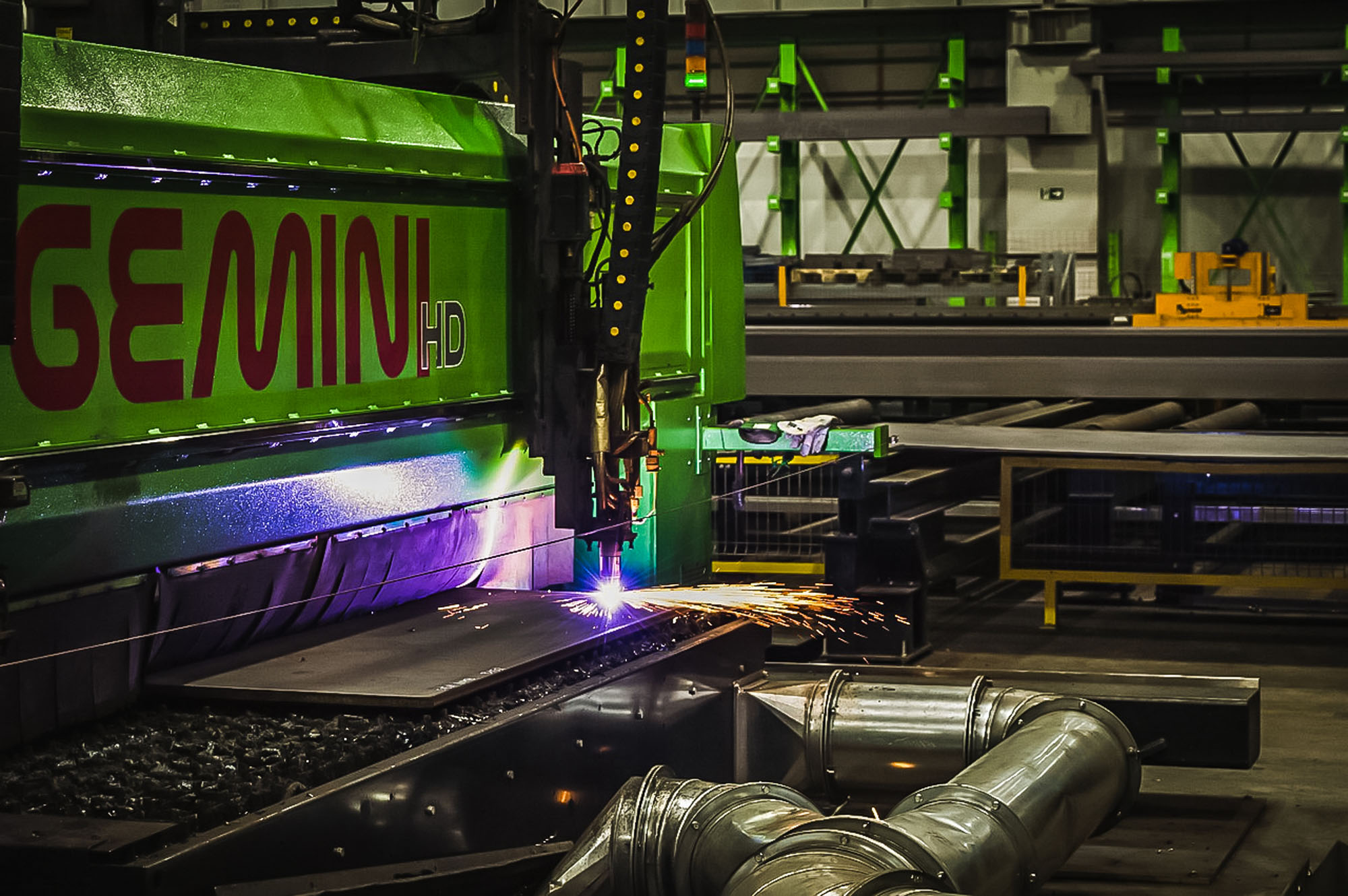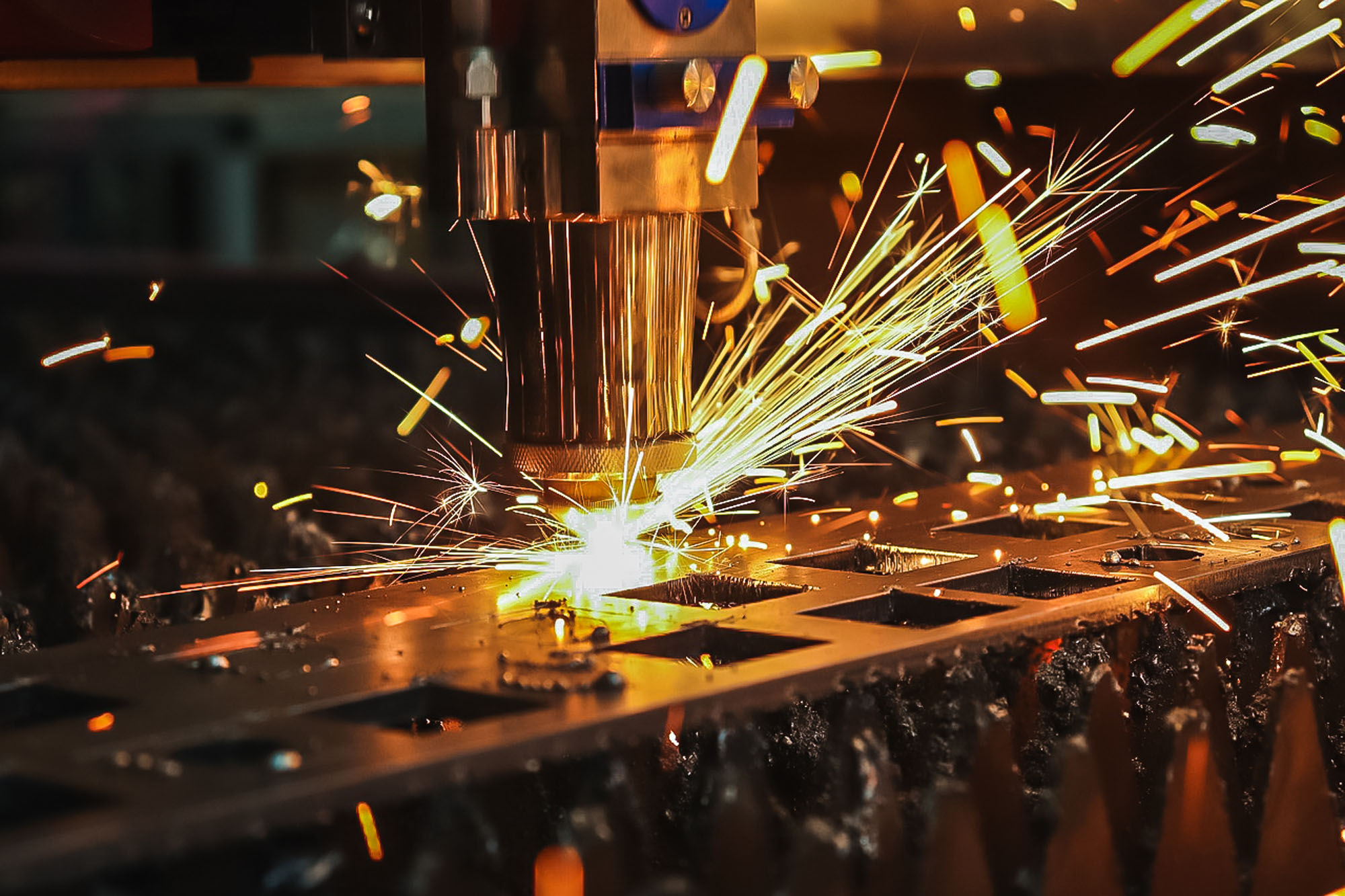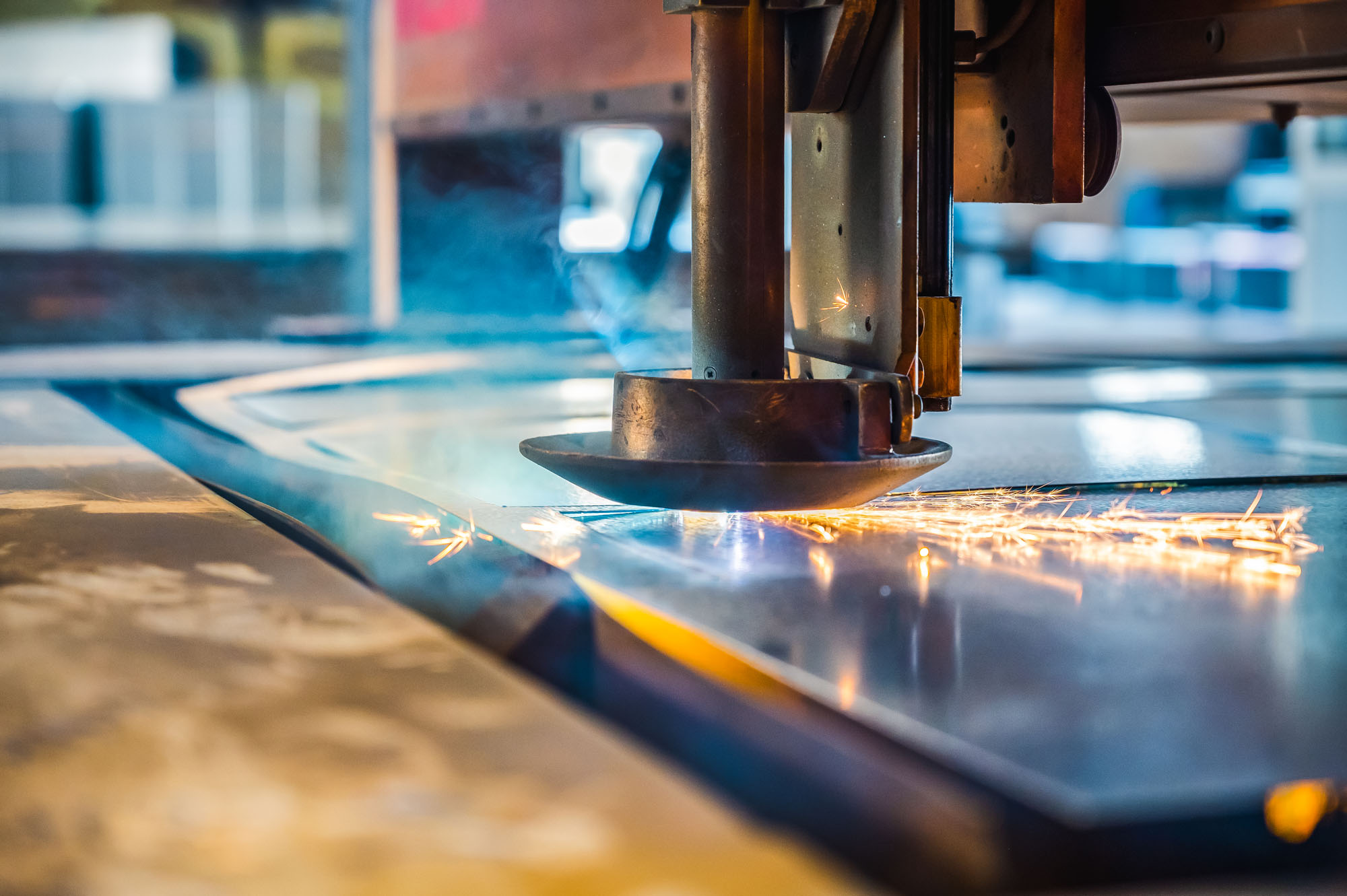When choosing between punching and laser cutting, several factors come into play to determine the preferred process.
Laser cutting is generally slower compared to punching due to the need for a “lead-in” before cutting a complete shape.
The laser first penetrates the material at a specific point and then follows a pattern to cut out the desired shape.
On the other hand, punching requires only one hit to remove the shape from the material before swiftly moving on to the next hit.
For DC Manufacturing, there is an additional consideration when deciding between laser cutting and punching. Our punch machines are equipped with fully automated load/unload facilities, allowing them to operate continuously and unmanned, even during “lights out” periods.
A sheet master tool loads blank sheets onto the punch bed, the punch manipulates and punches the sheet, and the sheet master removes the finished parts.
However, our lasers currently lack the capability to automatically remove finished parts, requiring operator supervision during the job.
If you have any inquiries regarding laser cutting or other sheet metal processes, please feel free to reach out to us.



